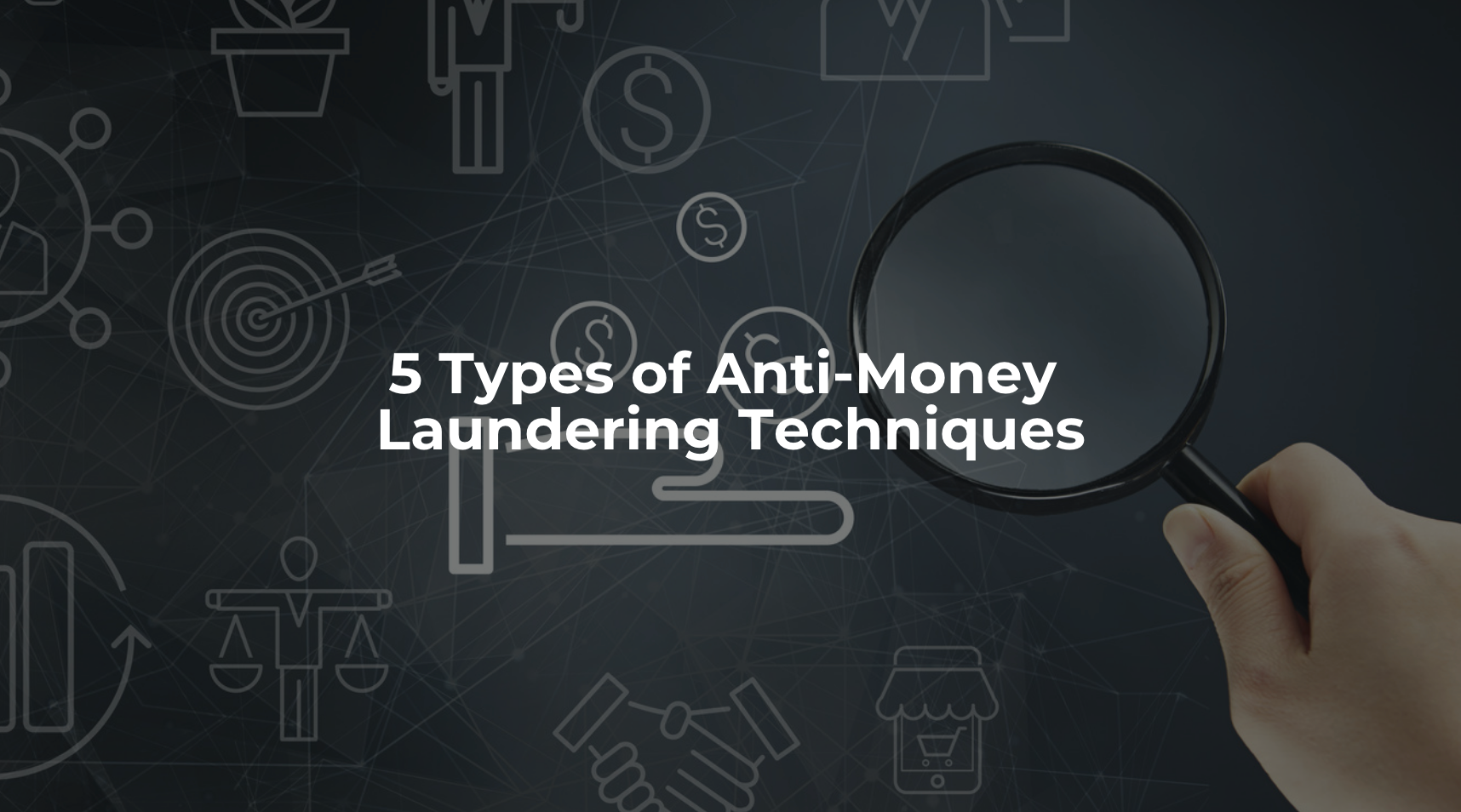1. Placement
Placement is the initial stage in the money laundering process, where illicit funds are introduced into the financial system. This step is crucial as it involves moving the illegal money from its source and disguising its origins.
Techniques
Smurfing: This involves breaking down large amounts of cash into smaller, less suspicious sums and depositing them into various bank accounts.
Cash Deposits: Directly depositing cash into bank accounts, often using multiple accounts to avoid detection.
Purchasing High-Value Items: Buying expensive goods such as jewelry, cars, or real estate, which can later be sold to integrate the funds into the legitimate economy.
Prevention Strategies
To combat money laundering at the placement stage, businesses must implement robust prevention strategies. One of the most effective measures is Know Your Customers (KYC) procedures. KYC involves verifying the identities of customers by collecting and verifying personal information, conducting background checks, and continuously monitoring customer activities to detect any suspicious behavior. This process helps ensure that businesses are not unknowingly facilitating money laundering activities. Another crucial strategy is the use of advanced record management and software filtering solutions. These systems can manage records, filter transactions, and identify suspicious activities by tracking transaction patterns and detecting anomalies. By generating alerts for further investigation, these technologies enable businesses to take timely action and mitigate the risk of money laundering.
2. Layering
Layering is the second stage in the money laundering process, where the goal is to obscure the origin of illicit funds through a series of complex transactions. This step makes it difficult to trace the money back to its illegal source.
Techniques
Wire Transfers: Moving funds between different accounts, often across multiple banks and countries, to create a complex web of transactions.
Shell Companies: Using businesses that exist only on paper to conduct transactions and hide the true ownership of the funds.
Offshore Accounts: Transferring money to accounts in countries with strict bank secrecy laws to further conceal the origin of the funds.
Prevention Strategies
To effectively combat money laundering at the layering stage, businesses must implement robust prevention strategies. One of the most effective measures is transaction monitoring. Continuous monitoring of transactions allows for the detection of unusual patterns and activities. Advanced software solutions can analyze transaction data in real-time, flagging suspicious behavior for further investigation. This proactive approach enables businesses to identify and address potential money laundering activities before they escalate. Another crucial strategy is identifying politically exposed persons (PEPs). PEPs are individuals with prominent public functions who may be at higher risk of engaging in money laundering. Conducting enhanced due diligence for PEPs involves thorough background checks and ongoing monitoring of their financial activities. By implementing these strategies, businesses can significantly reduce the risk of money laundering and ensure compliance with regulatory requirements.
3. Integration/Extraction
Definition: Integration, also known as extraction, is the final stage in the money laundering process. This step involves reintroducing the laundered money into the legitimate economy, making it appear as though it was legally obtained.
Techniques
Investments in Real Estate: Purchasing properties to legitimize the funds, which can later be sold or rented out.
Businesses: Investing in or acquiring businesses to blend illicit funds with legitimate revenue streams.
Luxury Assets: Buying high-value items such as art, jewelry, and luxury vehicles, which can be sold or used as collateral for loans.
Prevention Strategies
Enhanced Due Diligence: Conducting thorough checks on large transactions and investments to To effectively combat money laundering at the integration/extraction stage, businesses must implement robust prevention strategies. One of the most effective measures is enhanced due diligence. Conducting thorough checks on large transactions and investments is crucial to ensure they are legitimate. This process includes verifying the source of funds, assessing the risk level, and performing detailed background checks on all involved parties. Enhanced due diligence helps identify and mitigate potential risks associated with money laundering. Another critical strategy is collaboration with law enforcement. Sharing information and cooperating with authorities can significantly enhance the ability to track and prevent money laundering activities. This collaboration can include reporting suspicious transactions, participating in joint investigations, and adhering to legal requirements for information sharing. By implementing these strategies, businesses can effectively mitigate the risks associated with money laundering and ensure compliance with regulatory requirements.
TrustDecision’s KYC++ Solution
TrustDecision’s KYC++ is an advanced identity verification suite designed to enhance digital onboarding and prevent fraud. It integrates multiple layers of security to ensure comprehensive and reliable identity verification.
TrustDecision’s KYC++ combines document verification, biometrics authentication, and device checks to provide a robust solution for digital onboarding and fraud prevention. This suite is tailored to meet the needs of businesses looking to implement stringent Know Your Customers (KYC) processes and comply with global regulations.
Key Features
TrustDecision’s KYC++ protects against fraudulent activities with advanced device fingerprint technology and robust anti-spoofing measures. This multi-layered approach ensures that only legitimate users can access services, significantly reducing the risk of fraud. By employing sophisticated security protocols, businesses can safeguard their operations and maintain the integrity of their customer base.
Utilizing Optical Character Recognition (OCR) and other advanced technologies, TrustDecision’s KYC++ ensures over 95% data accuracy and delivers quick verification results. This efficiency helps businesses streamline their onboarding processes while maintaining high standards of accuracy. The ability to quickly and accurately verify customer identities not only enhances the user experience but also reduces the likelihood of onboarding fraudulent individuals.
TrustDecision’s KYC++ supports KYC requirements globally, covering 12,500 document types across 247 countries and 138 languages. This extensive coverage ensures that businesses can comply with international regulations and effectively manage their global customer base. By adhering to global compliance standards, businesses can mitigate the risk of regulatory penalties and build trust with their customers.
Conclusion
Understanding the three major steps in money laundering—Placement, Layering, and Integration/Extraction—is crucial for implementing effective prevention strategies. Each step involves specific techniques that criminals use to disguise the origins of illicit funds, making it essential for businesses to stay vigilant and proactive.
By employing robust Know Your Customers (KYC) procedures, continuous transaction monitoring, and enhanced due diligence, businesses can significantly reduce the risk of money laundering. Additionally, collaborating with law enforcement and utilizing advanced technologies can further strengthen these efforts.
Advanced solutions like TrustDecision’s KYC++ play a vital role in enhancing anti-money laundering measures. With its multi-layered security, high data accuracy, and global compliance capabilities, TrustDecision’s KYC++ provides businesses with the tools they need to effectively combat money laundering and ensure regulatory compliance.
By staying informed and leveraging cutting-edge solutions, businesses can protect themselves and contribute to the integrity of the global financial system.

.jpeg)




.jpeg)
.jpeg)
.jpeg)





